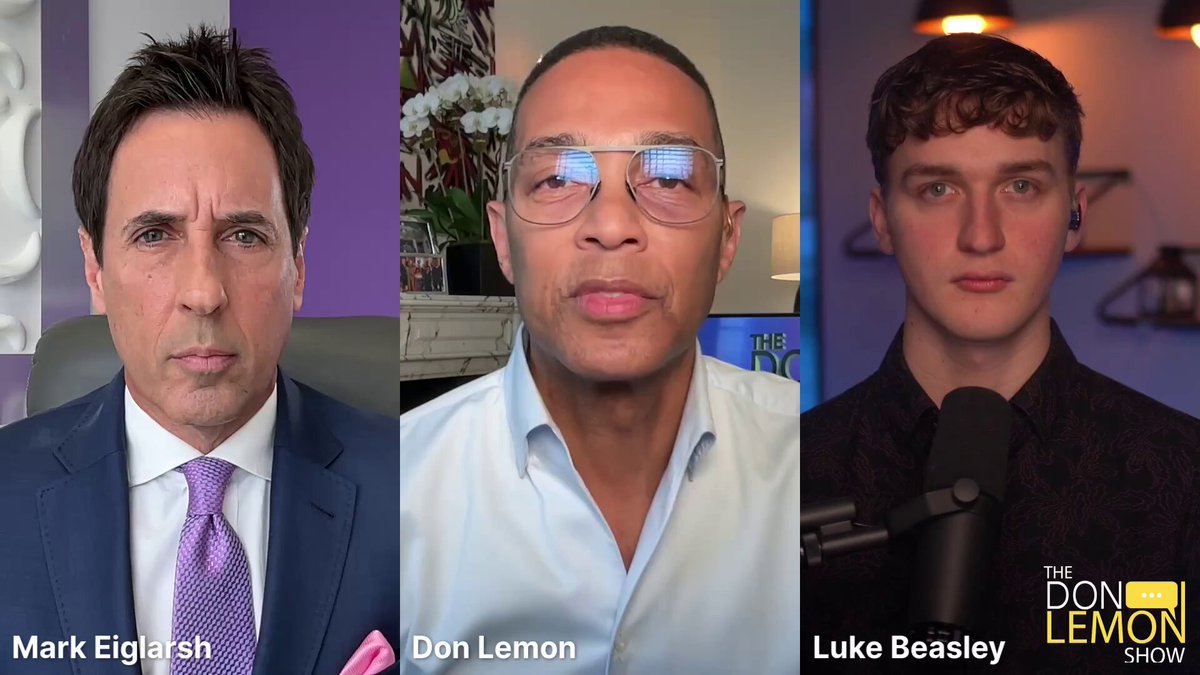The statement involves a discussion on a public issue, specifically the criminal trial of a prominent figure, making it a part of public discourse. The content indicates a structured debate with experts to explore various aspects of the trial, including legal violations and speculative impacts.
- The discussion aims to inform and engage the public on legal proceedings, adhering to the principle of doing no harm with words and actions. [+2]Principle 1:I will strive to do no harm with my words and actions.
- The statement respects the privacy and dignity of others by focusing on public actions and legal proceedings without delving into personal attacks. [+2]Principle 2:I will respect the privacy and dignity of others and will not engage in cyberbullying, harassment, or hate speech.
- The inclusion of diverse expert opinions promotes understanding and empathy among viewers, aligning with the principle of using words to foster comprehension. [+2]Principle 3:I will use my words and actions to promote understanding, empathy, and compassion.
- The dialogue format encourages constructive criticism and engagement with differing viewpoints, supporting healthy public discourse. [+2]Principle 4:I will engage in constructive criticism and dialogue with those in disagreement and will not engage in personal attacks or ad hominem arguments.
- The statement appears to be factual and responsible, aiming to correct public misconceptions about the trial, thus acknowledging and correcting misinformation. [+2]Principle 5:I will acknowledge and correct my mistakes.
- By discussing a significant legal matter, the statement uses its influence to educate and inform, benefiting society. [+2]Principle 6:I will use my influence for the betterment of society.
- The responsible use of the platform to discuss legal and ethical issues upholds the principles of free speech and integrity. [+2]Principle 7:I will uphold the principles of free speech and use my platform responsibly and with integrity.
